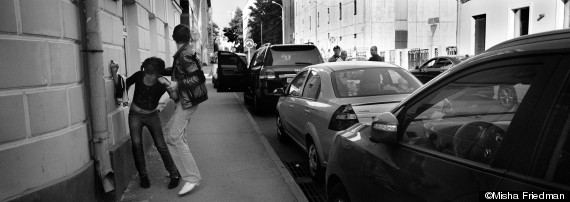Prior to tonight’s lecture I knew little about Hank Willis Thomas aside from the fact I had seen and been particularly struck by one of his pieces in the Detroit Institute of Art. I had no idea what a treat that night would be.
When Thomas walked out onto stage in a still brightly lit theater, phone clutched in hand, I’m sure many of us were unsure what to think. He said he then wanted us to start off the night with a collaborative project, to take a picture of a stranger or friend sitting nearby and post it on social media with the hashtag “#thetruthisIloveyou.” You can find a smattering of these photos on his twitter account here. This immediately set the tone for the overall optimistic and hopeful presentation, despite the dark subject matter.

After this brief activity, the lights were dimmed and Thomas started his presentation by introducing the audience to his mother, a talented photographer herself. He told us about how his mother was once told by a college professor that she, as a woman, was taking up the space of a “good man.” She carried those words with her for the rest of her life, but in spite of that professor, she has gone on to publish books well into the double digits and is currently a professor at NYU.
He then transitioned smoothly into talking about his own development as an artist. Thomas said that he had not originally planned to become an artist, but rather fell into the role after his close cousin was murdered in 2000. Finding himself lacking motivation and drive, Thomas eventually found his way into the artistic field.

He then took us chronologically through the various pieces and series that he has done. He began to talk about his fascination with framing, and how the theme of frames showed up in many of his college works. He also produced the B(r)anded Series in which he explored the African-American male body in relation to popular brands and advertisements. He was particularly fascinated with taking advertisement and stripping away all of the words and identifying information to let the images speak for themselves. He showed us the various depictions of women throughout the last century, first showing the image and then making his audience guess what the ad was actually for. It was an eye-opening and sometimes chilling experience.
He then talked about this idea of reformatting images and advertisements so that they can be viewed in a new way. He would find photos that particularly resonated with him, often of apartheid South Africa, and then find a different way to frame those events, often through cast sculptures where only parts of the original photograph will be shown, leaving the viewer to fill in the rest of the information.
Lastly, he finished up the speech by showing some of the video recording from people across the globe for the “The Truth Is” traveling project. This project involved a recording booth shaped like a giant speech bubble that simply says “truth” that was then placed in high traffic areas. Civilians were invited into the booth to record a short video telling what they believed “the truth is.” One of the most touching and heart wrenching videos, especially because of the recent developments in the news, was of a little boy not even 8 years old who wanted to share the truth that Muslims, like him and his family, were good, peaceful people.
One of the most inspiring things about his presentation, was how captivating of a speaker Thomas managed to be. He managed to be calm and yet passionate at the same time, providing a wonderful and entertaining balance that still remained informative.
When Thomas finally walked off the stage, there were whoops and cheers scattered among the fervent applause, making this the warmest and most enthusiastic sendoff of any speaker I’ve seen here yet. True to this reception, the Q&A session was the most well attended that I had seen so far, while still remaining fairly small and intimate in the Michigan Theater’s annex. Thomas got to answer questions ranging from his work, to his history as an artist, to his political views.
You can find out more information about Hank Willis Thomas at his website. The STAMPS speaker series is free to the public and is offered every Thursday at 5:10 at the Michigan Theater. You can find a full list of the upcoming speakers here.




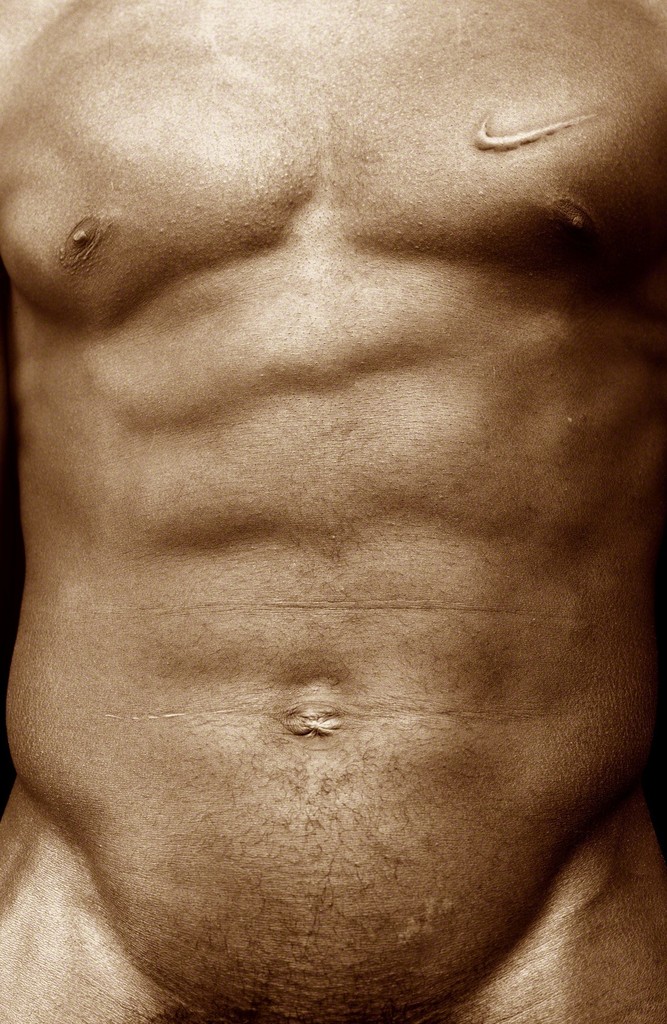
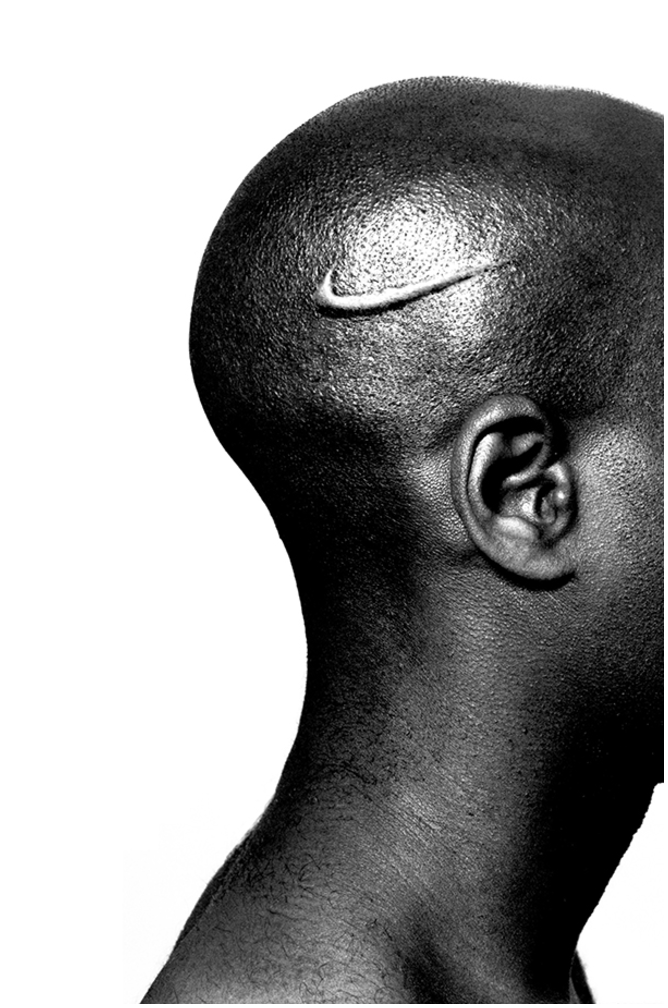

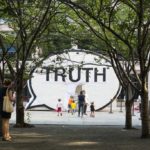
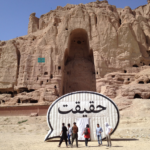


 stupendous tour guide compared two images of the Brooklyn bridge and pointed out how one was a standard picture of a bridge, while the other focused on the shapes and form of the structures of the bridge.
stupendous tour guide compared two images of the Brooklyn bridge and pointed out how one was a standard picture of a bridge, while the other focused on the shapes and form of the structures of the bridge.
















